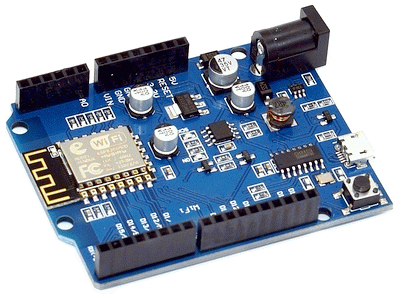My friend Frank and I are always thinking up ideas for new bat projects. During a recent discussion, we talked about ways to remotely monitor bat activity. While he is looking into GSM supported ideas, I focused more on WiFi related possibilities. I had a little experience with the ESP8622 WiFi module, and wondered if I couldn't use it with an ArduBat shield to make a WiFi connected bat detector.
This project demonstrates that the ArduBat is not just restricted to the Arduino Uno R3 for development of applications. My final idea was to make a WiFi connected bat detector that could remotely upload the bat activity data, over the Internet, to ThingSpeak, https://thingspeak.com , where it could be viewed by many folks remote from the actual monitoring area. The result of the project is the WiFiBat remote bat activity logger, which adds the Simple Bat Detector circuit to the Internet Of Things.
You can see in the image to the left how the project starts out...
The rest of the work was involved in connecting the grounds, power, and interconnecting pins between the NodeMCU and the ArduBat. It was not an impossible project, but one that took planning and patience. The needed wiring was distributed between the top and bottom of the prototyping board.
Of course, I also needed to build up an ArduBat board, but that is covered elsewhere ...
